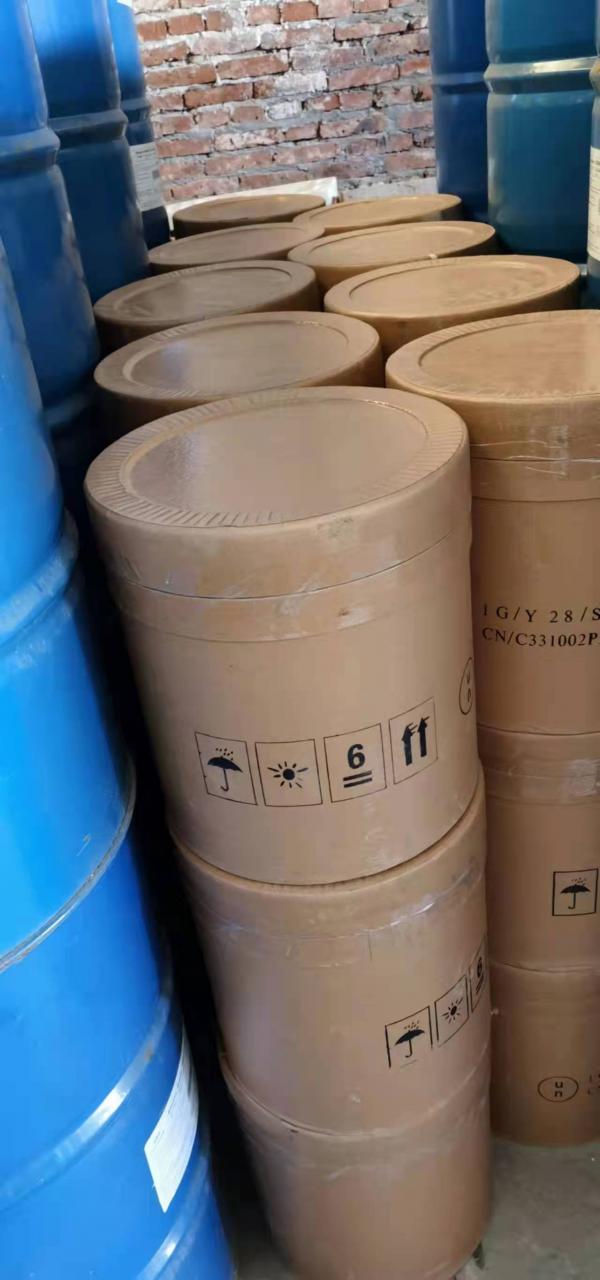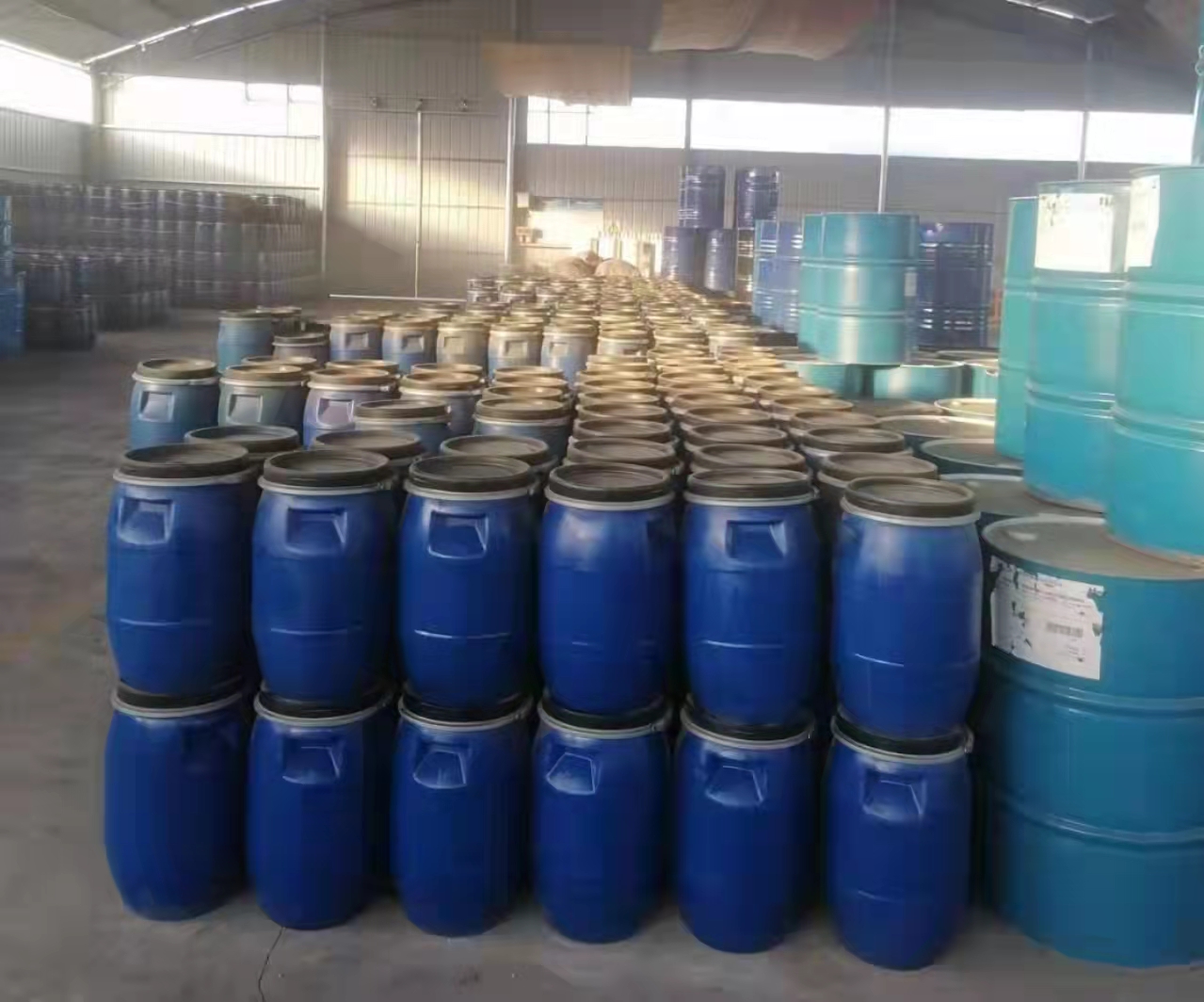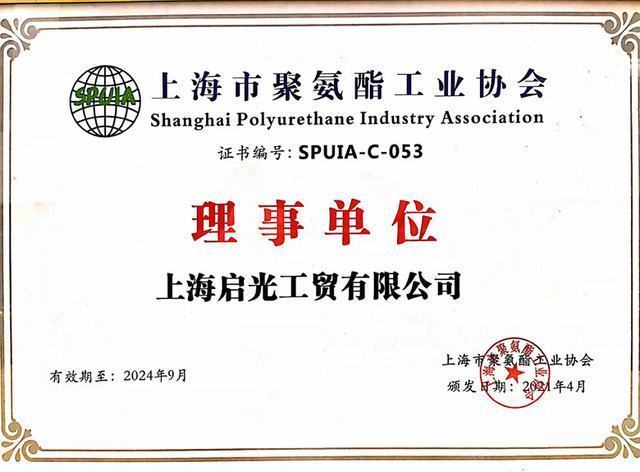Recently, I have often received calls from friends in the industry from all over the country asking about various technical problems that arise in the production process of slow rebound sponges. In fact, these problems will be encountered by everyone in the actual production process, including myself. What’s the reason?

After all, polyurethane is also a chemical industry, and these problems actually involve problems with every raw material. Every raw material that participates in a chemical reaction is very important. Whether it is the main ingredient or the minor ingredient, it has its own unique effect. Therefore, if one of the raw materials changes in the chemical reaction, it will naturally change in the foaming process. It is reflected from the foam body of the sponge. This is the most basic principle. If the problem reflected is not pathological, then it is a revelation; if it is pathological, then we must consider what methods to solve it; if it is for us A revelation, then we have to consider how to use it or improve it. We must know that many evolutions and inventions are developed in revelation.
For example: Everyone knows that currently domestic slow rebound polyether manufacturers include 2000 from Shanghai Gaoqiao and 1070 from Nanjing Jinpu. As for these two slow rebound polyethers, although their hydroxyl value Both are 240. However, in actual production, their chemical activities are very different and have their own characteristics. A few years ago, 2000 and 1070 could be used interchangeably without adjusting other raw materials. However, a few years later, they have formed They have their own characteristics and can no longer be used interchangeably.

Of course, the current domestic production of slow rebound polyether is far more than these two manufacturers, so it is difficult to unify the raw materials used by each slow rebound sponge manufacturer, including various small materials. This results in each company having its own formula. For slow rebound polyethers, there are those with better cell opening and better stability. In the production process of slow rebound polyether with better pore opening, the amount of pore opening agent should be slightly smaller, while the amount of silicone oil (stabilizer) should be appropriately increased; on the contrary, if you The slow rebound polyether used is more stable or more air-locking, so the amount of pore opening agent used during the production process will be more, while the amount of silicone oil will be slightly reduced.
So how can we determine the amount of pore opening agent and silicone oil to be added? In the polyurethane industry, due to the differences between slow rebound sponges and other sponges, such as ordinary high rebound sponges, no matter how many manufacturers there are, their production The formulas can be said to be similar, or even basically the same, but slow rebound sponges are different in that their formulas are ever-changing, so it is absolutely impossible to determine the dosage of pore opening agent and silicone oil according to the pattern, but the basic principle remains the same no matter what. Among them, no matter how it changes, as long as you practice it and master its rules, you can operate it easily. The amount of pore opening agent does not matter what the density of the slow rebound sponge you make is, as long as the sponge layer can be seen after the reaction is completed. Just release a little air, but the bubbles must not be too big. The larger the bubbles, the larger the pores will be. This also shows two problems. First, the amount of silicone oil added is insufficient, and a certain proportion of silicone oil needs to be added. Second, if the sponge body is cut, If the pores are normal, it means that the amount of pore opening agent added is too high, and the amount of pore opening agent should be reduced.
